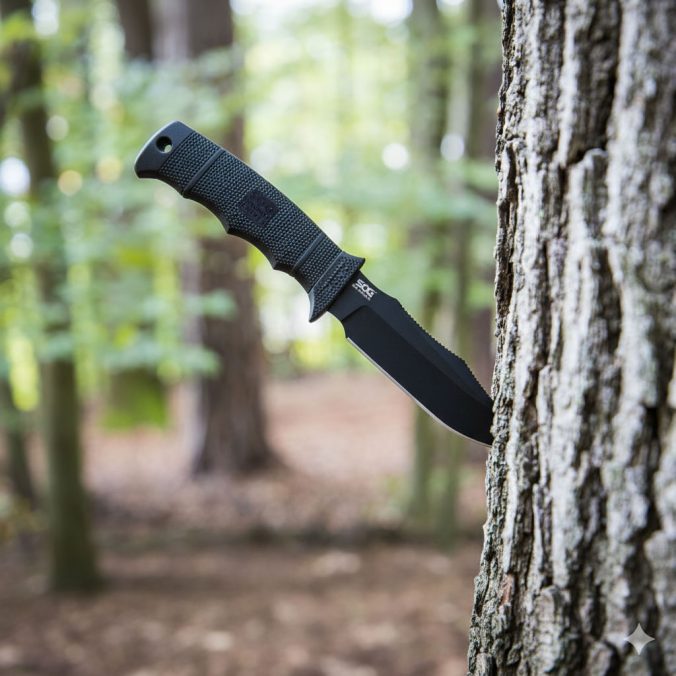Buying your first fixed blade knife can feel overwhelming. Blade steel charts, handle materials, survival forums—it’s enough to make you wonder if you need a minor in metallurgy. The good news? You don’t. Picking the right knife comes down to a few simple things that anyone can grasp without memorizing the periodic table.
Know What You’ll Use It For
Start by asking yourself a simple question: what’s this knife’s job? Different tasks call for different tools, and knowing your primary use will narrow the field dramatically.
-
Camping: A mid-sized blade, around 4–6 inches, is ideal. It’s perfect for food prep, whittling kindling, cutting rope, or handling miscellaneous campsite duties. You want something versatile that won’t weigh you down.
-
Hunting: Look for a drop point blade. Its gentle curve makes skinning and field dressing a breeze while still giving you a reliable point for precision work.
-
Everyday utility: Smaller, nimble fixed blades shine in daily chores—think opening boxes, trimming rope, or light garden work. They’re easy to carry and quick to deploy.
If you’re not trekking through the Amazon, you probably don’t need a foot-long survival blade. (Unless you just want one—hey, no judgment.) The key is matching the knife to your lifestyle, not the latest YouTube craze.
Comfort Is King
All the high-tech steel in the world won’t matter if the handle makes your hand ache. Materials like Micarta, G-10, and quality wood can feel totally different in your grip. The best approach? Pick what feels secure, comfortable, and natural. Think of it like shoes: the wrong fit will make even a short walk miserable. And remember—if you plan to use the knife for extended periods, comfort becomes even more critical.
Keep It Simple on Steel
Steel types can seem intimidating, but here’s the short version for first-time fixed blade buyers:
-
Stainless steels (420HC, 440C): Low-maintenance, corrosion-resistant, perfect if you’ll be around water or high-humidity environments.
-
Tool steels (1095): Extremely tough and edge-retentive, but they require a little TLC to prevent rust.
That’s it. Don’t get lost in the alphabet soup—your first fixed blade should be about usability, not impressing a metallurgist.
The Bottom Line
Choosing your first fixed blade isn’t rocket science. Match the knife to its intended use, pick one that feels right in your hand, and don’t obsess over every specification. The best knife is the one you’ll actually carry, use, and enjoy—not the one that looks cool on Instagram.
Your Turn
So, what was your very first fixed blade? Do you still carry it, or has it retired to a display case? Share your story—we’d love to hear about the blade that started your fixed blade journey. Every knife has a tale, and yours could inspire someone else to finally pick up their first fixed blade with confidence.





Leave a Reply